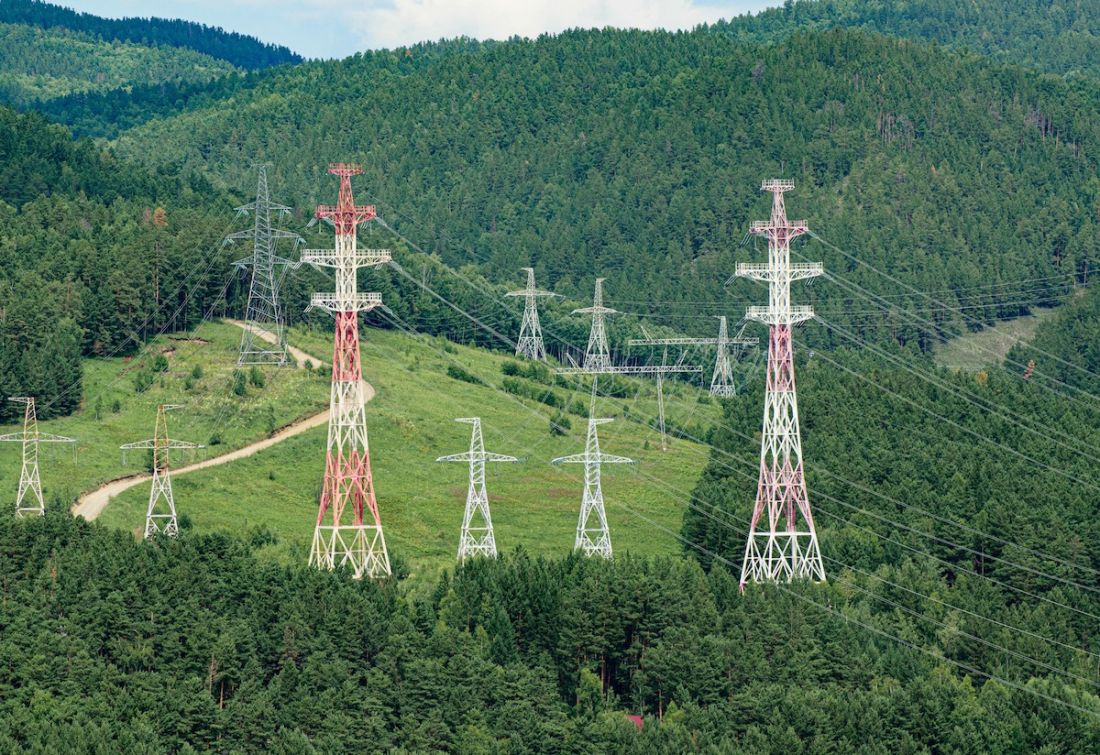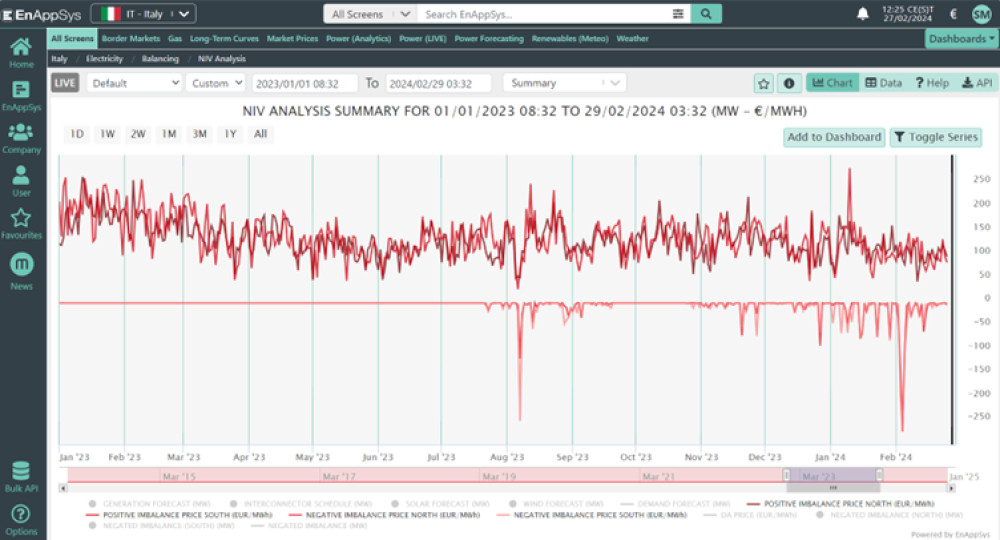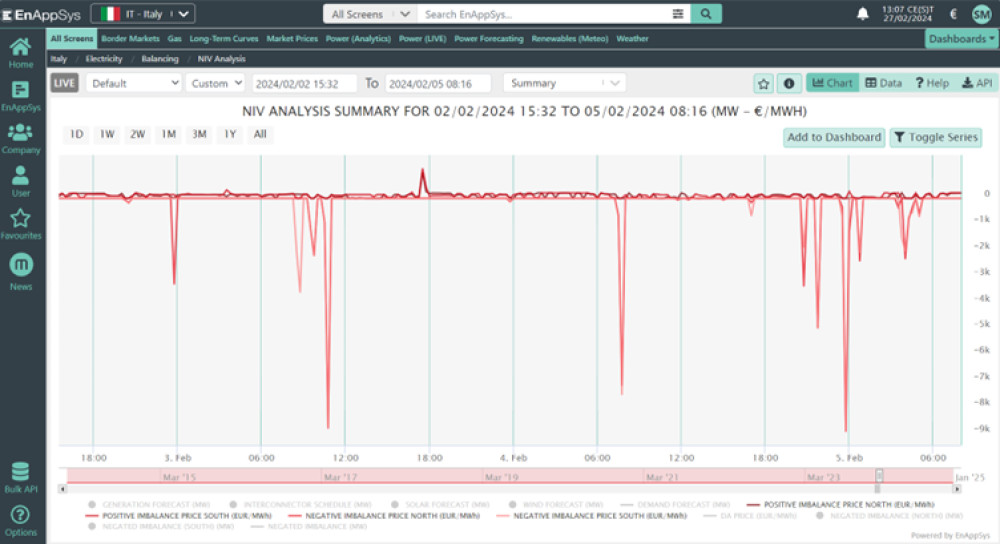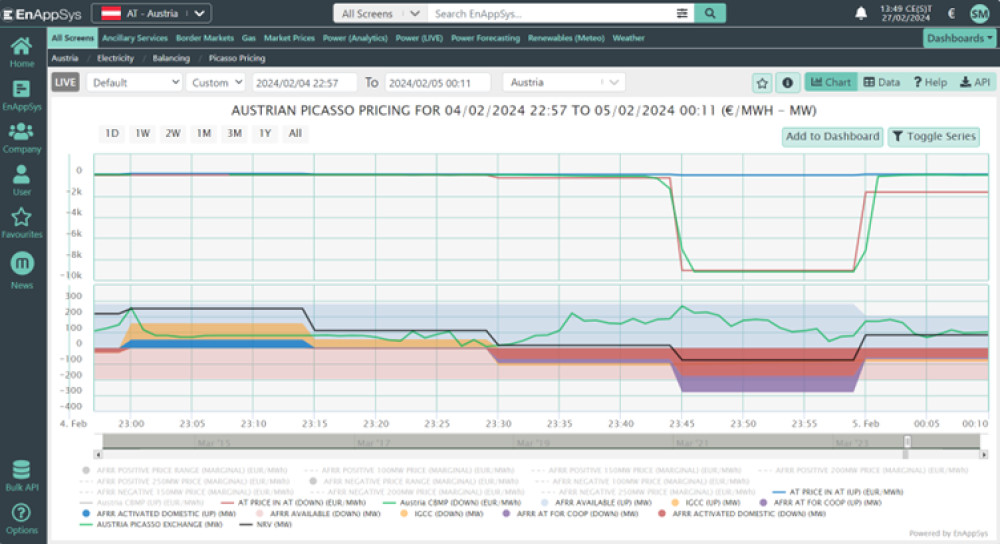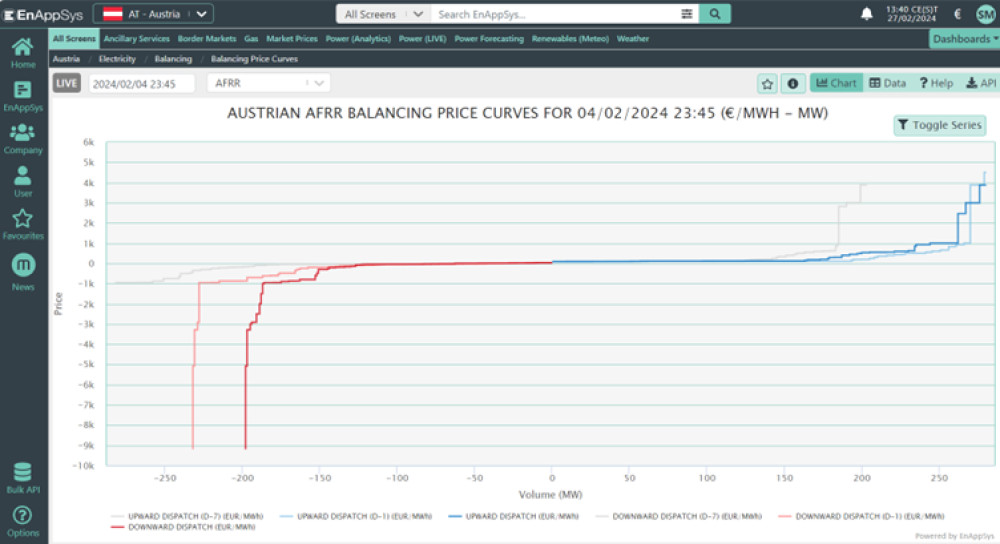On July 19th 2023, Terna, the Italian TSO, joined the pan-European PICASSO project, a Platform for the International Coordination of Automated Frequency Restoration and Stable System Operation.
Currently, the platform is used by Germany, Austria, Italy and Czech Republic. According to the latest PICASSO Implementation Roadmap, most European countries are expected to join by the end of 2024.
Different countries display massive differences in bidding behaviour around activation prices. This has been causing unexpected effects in some countries.
As a result, quite a few countries have chosen to postpone that date they join by several months, or even several years.
Several Transmission System Operators have already submitted proposals for changes to the algorithm. These are aimed at avoiding extreme prices in markets that only have slight domestic imbalances.
These proposals will be reviewed in Q2-2024.
Italy is the country that has seen the most 'unexpected' events. In fact, they would have never been possible if it were running its aFRR operations alone.
Many market participants have also complained to the regulator (ARERA) about a lack of transparency, as well as the unpredictability of PICASSO Cross-Border Marginal Prices (CBMP).
In our webinar about European balancing harmonisation in November 2021, we had already suggested this could become a problem.
Italy as a case study:
The graph below shows the trend of the positive and negative imbalance prices for both macrozones (North and South) from January 2023 onwards.
Since last August, Italy has frequently seen negative imbalance prices that cannot be explained by aFRR bids within the Italian market. This is because they never go below zero.

